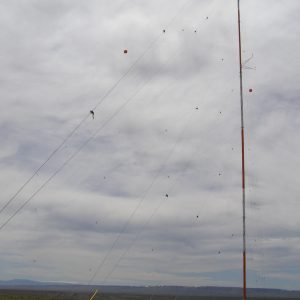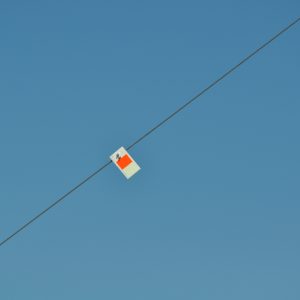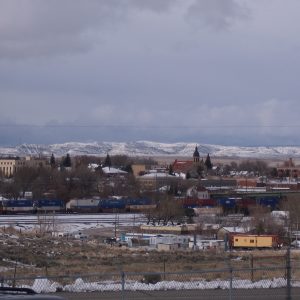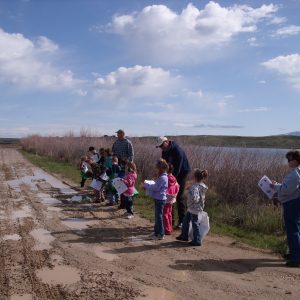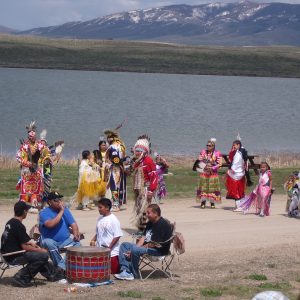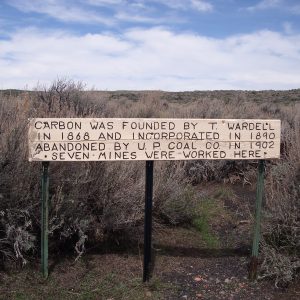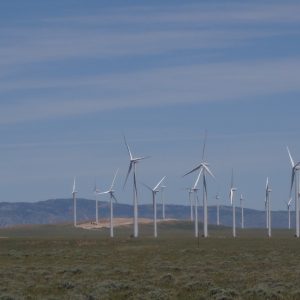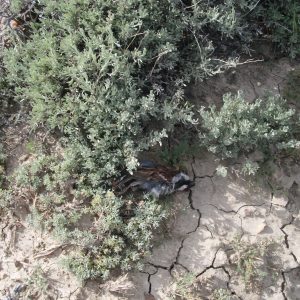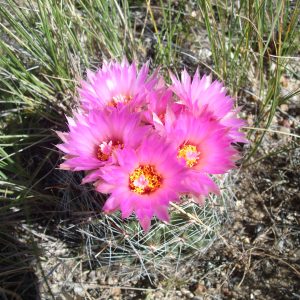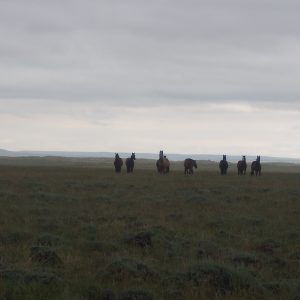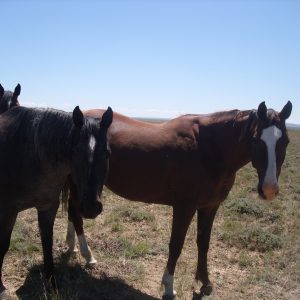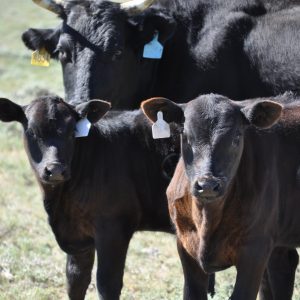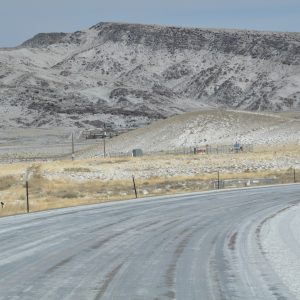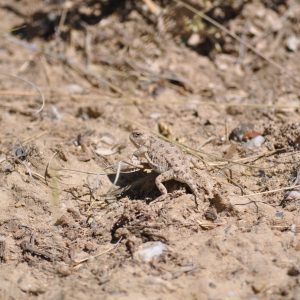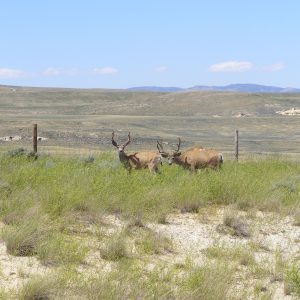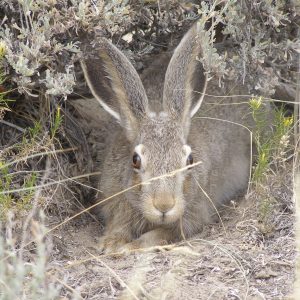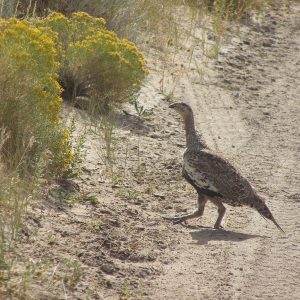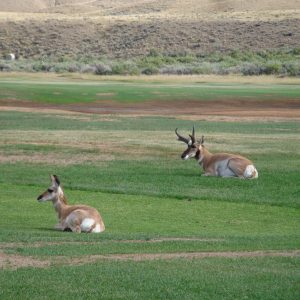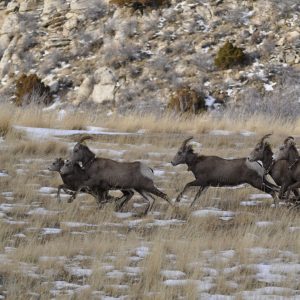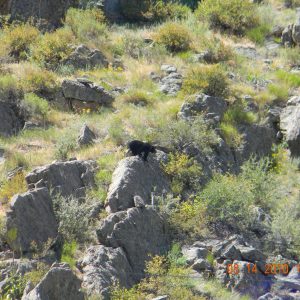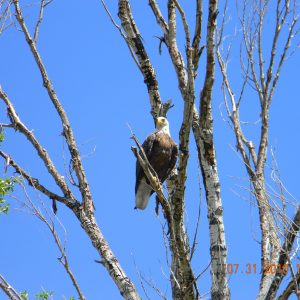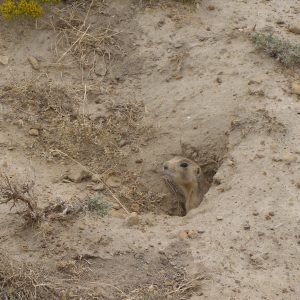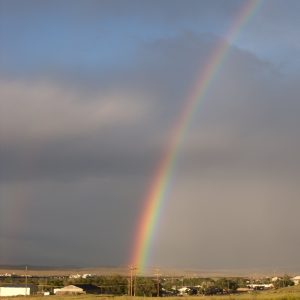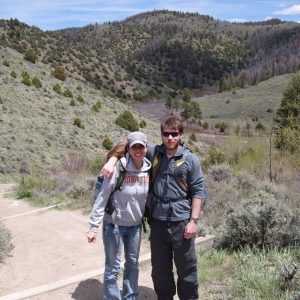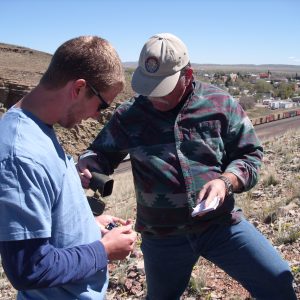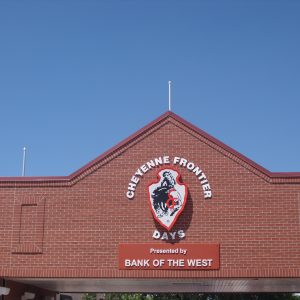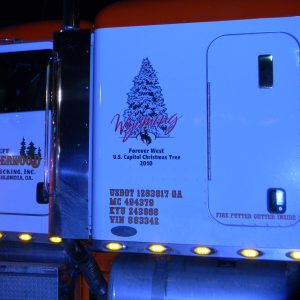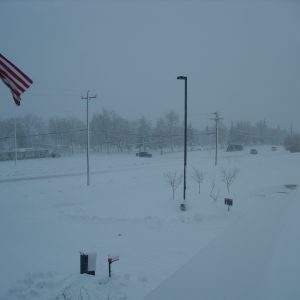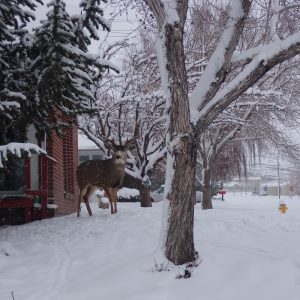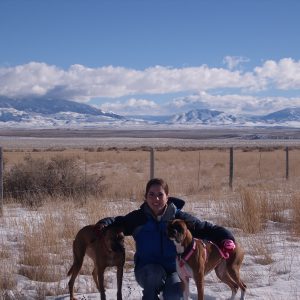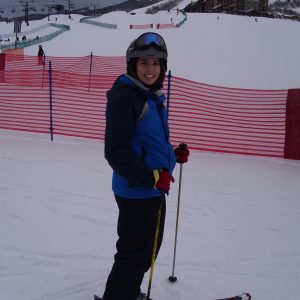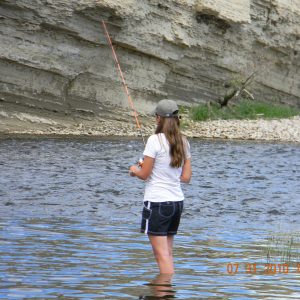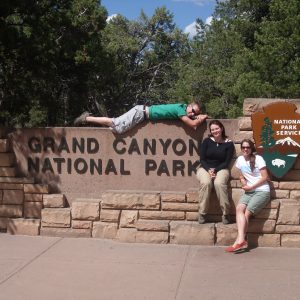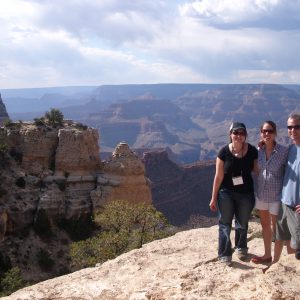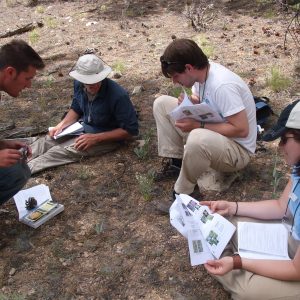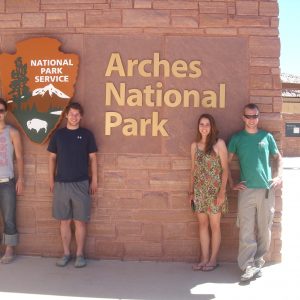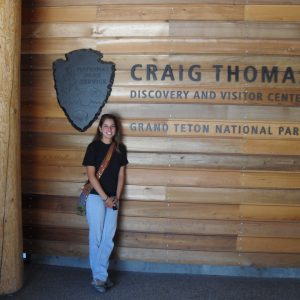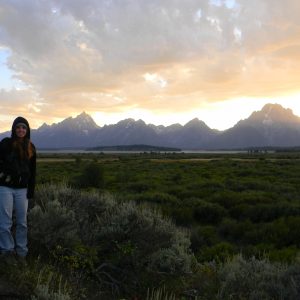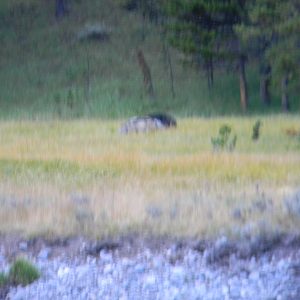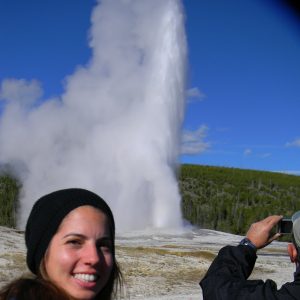Well I had no idea that as an SOS Intern I would be able to work through January. I was worried there would not be enough to do. But I was pleasantly surprised by how much we were able to do in the off season. We were able to collect seeds from many species of shrubs (Rabbitbrush, Sagebrush, Shadscale, Saltbrush, etc.) till the beginning of December. Once we had finally finished seed collecting we had about 400 collections that needed to be entered into multiple databases for the BLM and our mentor. This became tedious, but it was nice to get experience working with different kinds of databases (HanDBase, BGBase, and Access). We also processed soil samples so we could calculate the textures and colors. Who knew soils came in so many different shades of brown! Next we sorted through all of our plant vouchers to be sent to the Smithsonian and the BYU herbarium. We mounted all of the vouchers that were to stay in the Provo Shrub Lab and printed labels for all of them.
We were also able to help our mentor out a lot with his planting studies. We helped him plant seed at the farm where we learned how to drive tractors! Luckily we were able to plant everything just one day before the first snow. We also helped prepare a soil transplant study and planted Ipomopsis aggregata seeds by hand in soil plugs. Since we had so few seeds, this is necessary to ensure maximum germination before they are transplanted at the farm plots. I noticed that in the off season, a lot of time is needed to wrap-up from the previous season and then get ready for the next summer season. It was really nice to gain that additional experience in the office so we could understand everything that encompasses seed collecting and planting studies.
Overall, I really enjoyed my internship. It introduced me to new ideas and conservation methods and gave me hands on experience. I really enjoyed being able to work outside and explore new areas that I had no idea were so beautiful! I was glad our internship was extended so we could collect more seed, finish our tasks thoroughly, and help our mentor with his studies. Being able to ski in Utah was also a plus!
Corey Sample, SOS Intern, USFS Provo Shrub Lab, UT

